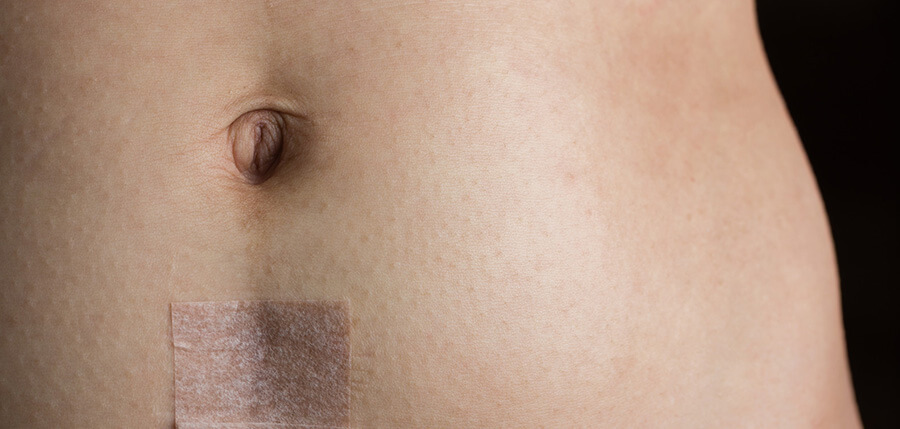
Plastic Surgery After Having a C-section
According to the Centers for Disease Control, 32 percent of all pregnant women delivered their baby by Cesarean Section (C-Section) in 2014, which is nearly 1.3 million women across the United States. Although most women prefer to deliver vaginally, that isn’t always possible due to a variety of health concerns with the baby, herself, or both. As any new mother would attest, bringing home a healthy baby is far more important than how he or she entered the world. On the other hand, a lot of women feel dissatisfied with some of the long-term and even permanent physical effects of having a C-Section.
Scarring After a C-Section
In order to remove the baby from the mother’s body, obstetricians make a long incision as low on the belly as possible. However, the exact location of the incision often becomes a secondary concern during the urgency of the birth. The typical C-Section scar runs across the width of a woman’s belly or vertically through the navel. Women whose scars are too deep or noticeable may opt for plastic surgery.
C-Section scars can vary greatly in appearance. Some are thin white lines while others are raised scars across the belly that can be painful to touch. Many scar treatment ointments exist, but unfortunately they have no effect on scars that sit below the absolute surface of the woman’s skin.
Plastic Surgery for C-Section Scars
Women who have completed childbearing often desire to have some form of Mommy Makeover. For those who have had a C-Section, this often includes undergoing plastic surgery to remove the C-Section scar. During this procedure, a surgeon removes extra skin, fat, and tissue from the patient’s abdominal area. The result is an aesthetically pleasing appearance that reduces the indication the female patient ever had a C-Section at all.
Tummy Tuck for Post-Cesarean Skin Sagging
In addition to a permanent scar, sagging abdominal skin is another common effect of pregnancy. This is true for both vaginal births and C-Sections. When diet and exercise fail to return a woman to her pre-pregnancy body, she may consider plastic surgery to eliminate the sagging skin. Plastic surgeons typically recommend waiting for at least one year after the child’s birth to undergo this procedure, although some will consider it at six months. This gives the patient’s body time to heal from the C-Section as well as give her the strength to properly care for the new baby.
A tummy tuck, also known by its medical name of abdominoplasty, is an ideal solution for stubborn post-pregnancy abdominal wall laxity. During this procedure, a plastic surgeon makes an incision from one hip to the other. The next step is to separate the abdominal wall and the skin. Abdominal muscles are tightened back into pre-pregnancy position through suturing. Finally, the excess abdominal skin is removed.
At this point, the surgeon creates a new hole for the woman’s belly button and sutures it into the new location. The major benefit of waiting until her baby’s first birthday before having the tummy tuck is that the patient will be closer to her ideal body weight by then. This means the plastic surgeon can get her skin to fit her as tight as possible.
Since this procedure is not easy to repeat, women should be certain that they don’t plan to have more children in the future before scheduling it. This procedure has a 4-6 week recovery time. If the patient elects to only have abdominal scar revision and no abdominoplasty, the recovery time is 1-2 weeks.
Please note, the information provided throughout this site is not intended or implied to be a substitute for professional medical advice, diagnosis or treatment. All content, including text, graphics, images, and video, on or available through this website is for general information purposes only. If you are experiencing relating symptoms, please visit your doctor or call 9-1-1 in an emergency.
